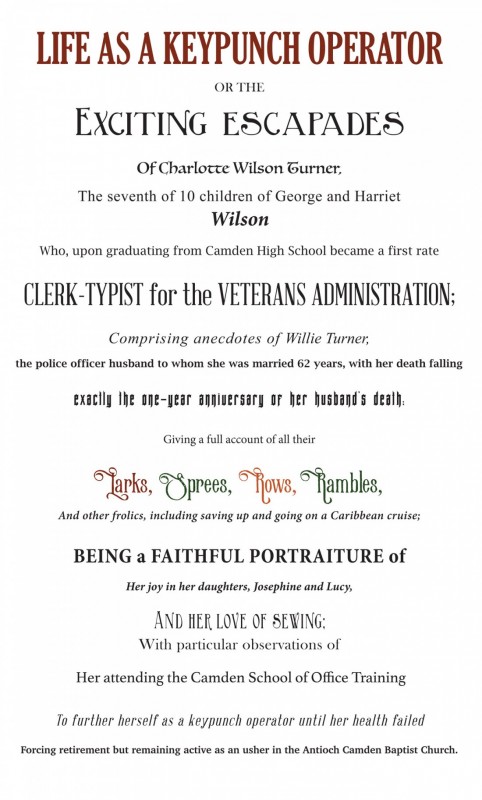 Necrology Series (2017) by Ken Lum in “New Grit” at the Philadelphia Museum of Art, 2021.
Necrology Series (2017) by Ken Lum in “New Grit” at the Philadelphia Museum of Art, 2021.
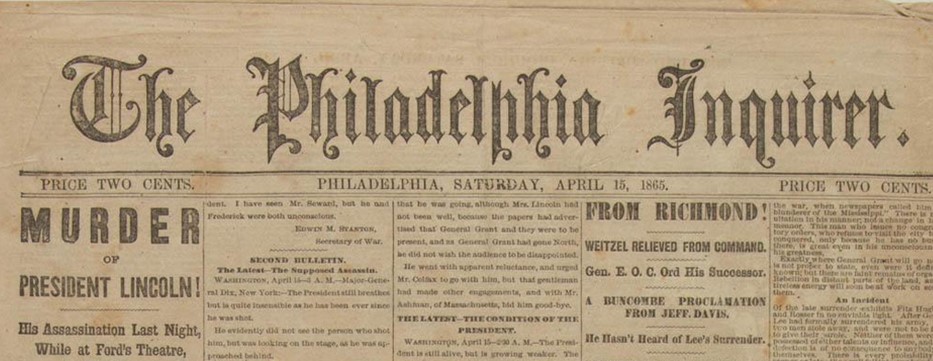 Friday evening on April 14, 1865, at Ford’s Theatre in Washington D.C. President Abraham Lincoln was shot by John Wilkes Booth. He was carried to a boarding house across the street and died the next morning. News reached the Philadelphia Inquirer offices after midnight on April 15, when they printed a preliminary account of Lincoln’s death.
Friday evening on April 14, 1865, at Ford’s Theatre in Washington D.C. President Abraham Lincoln was shot by John Wilkes Booth. He was carried to a boarding house across the street and died the next morning. News reached the Philadelphia Inquirer offices after midnight on April 15, when they printed a preliminary account of Lincoln’s death.
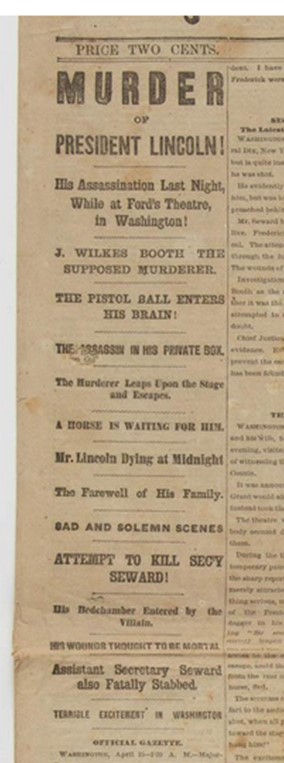 https://www-proquest-com.ezproxy.princeton.edu/pagelevelimagepdf/1825252346/pagelevelImagePDF/6CF198E61FB14B76PQ/1?accountid=13314&t:lb=t
https://www-proquest-com.ezproxy.princeton.edu/pagelevelimagepdf/1825252346/pagelevelImagePDF/6CF198E61FB14B76PQ/1?accountid=13314&t:lb=t
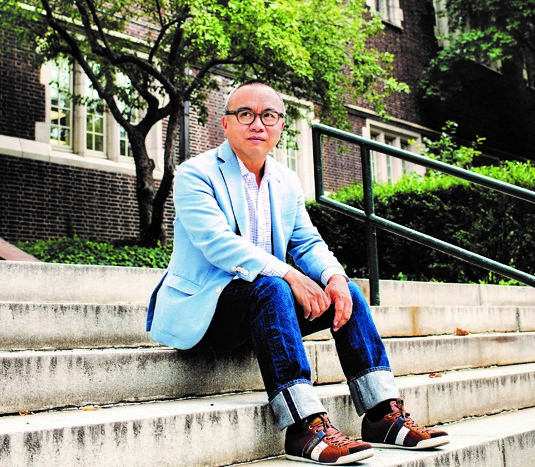 Ken Lum on the steps of Weightman Hall at the University of Pennsylvania, September 2015. Photo: Stephanie Noritz.
Ken Lum on the steps of Weightman Hall at the University of Pennsylvania, September 2015. Photo: Stephanie Noritz.
Writing for Border Crossings Magazine, Lum comments:
In 2015, on the sesquicentennial of Abraham Lincoln’s death, the Philadelphia Inquirer reprinted its front page as it had appeared on April 15, 1865, a day after the American president’s assassination. I was struck by the appearance of the page, how differently it looked from today, with what seemed like illogical spacing, kerning, eclectic use of fonts, all encapsulated in a highly florid language. Running down the entirety of the left-hand column was a series of what appeared as mini-headlines, each announcing a significant moment in Lincoln’s life, from birth to death . . .
My series titled “Necrology” was impelled by the idea of text as an image machine . . . . In fact, the Lincoln page taught me that pictorialism begins with the unit of the alphabetic letter itself, well before its amalgamation into text. . . . Each work tells of a possible life lived . . . Each of the lives depicted in this series is neither fact nor fiction; they are amalgamations from various collected obituaries as well as personal recollections of dead relatives and friends.
[The] works chronicle lives of people such as an African-American woman of faith who led a decent lower-middle-class life as a keypunch operator; or a mysterious tattooed lady found dead and identified only by chance through Facebook; or Yasir Khorshed, who fought on behalf of garment workers’ rights only to die at an early age of benzene poisoning, at one time a not uncommon cause of death for garment workers.–https://bordercrossingsmag.com/article/necrology-series
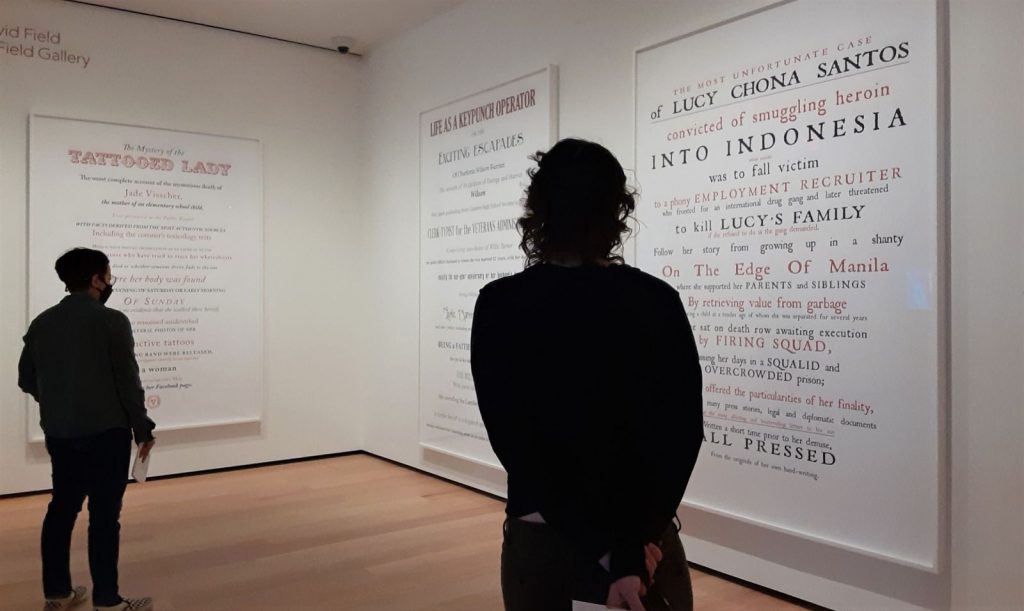 “New Grit: Art & Philly Now” through August 22, 2021. https://philamuseum.org/calendar/exhibition/new-grit-art-philly-now
“New Grit: Art & Philly Now” through August 22, 2021. https://philamuseum.org/calendar/exhibition/new-grit-art-philly-now

